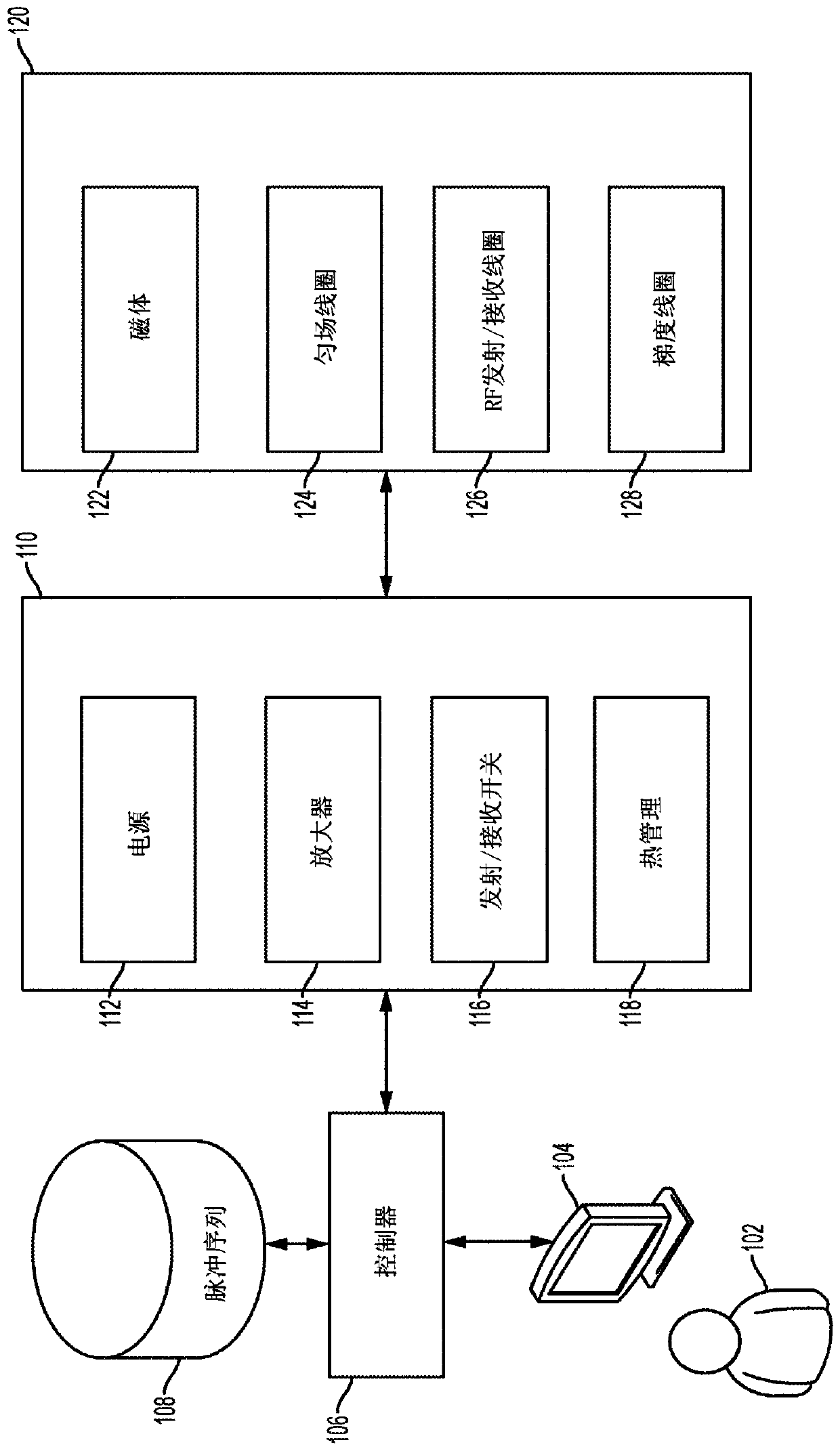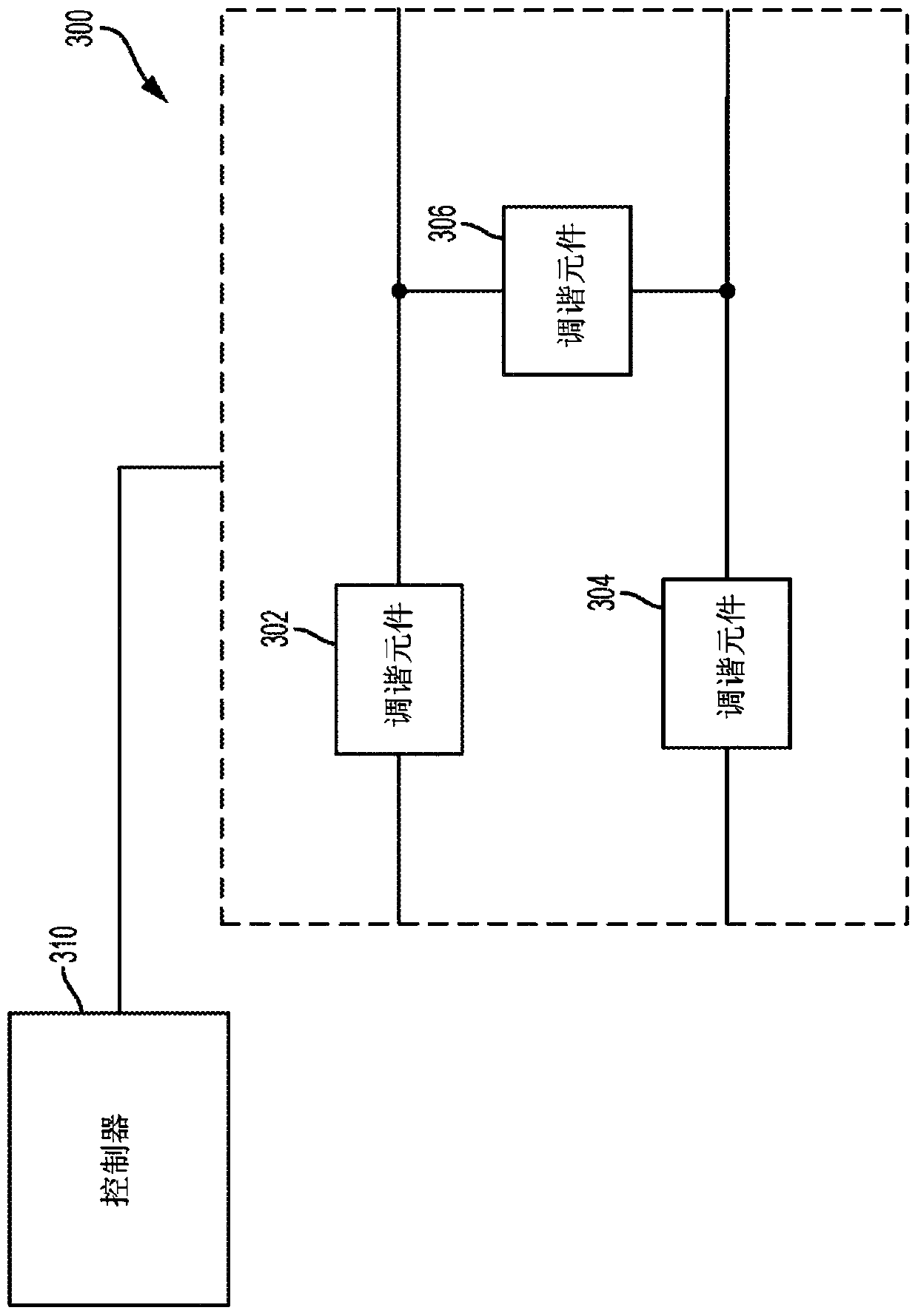Radio frequency coil tuning methods and apparatus
A technology of radio frequency coils and tuning components, applied in continuous tuning parts, multiple resonant circuits tuned to the same frequency, the size/direction of the magnetic field, etc., can solve the problems of high cost of equipment, limited availability of clinical MRI scanners, etc.
- Summary
- Abstract
- Description
- Claims
- Application Information
AI Technical Summary
Problems solved by technology
Method used
Image
Examples
Embodiment Construction
[0026] The MRI scanner market is overwhelmingly dominated by high-field systems, especially for medical or clinical MRI applications. As discussed above, the general trend of medical imaging is to produce MRI scanners with increasingly larger field strengths. Among them, the vast majority of clinical MRI scanners work at 1.5T or 3T, and use 7T and 9T in research environments. The higher field strength. As used herein, "high field" generally refers to MRI systems currently used in clinical environments, and more specifically, it refers to the use of a main magnetic field of 1.5T or above (ie B 0 Field) operating MRI systems, although clinical systems operating between 0.5T and 1.5T are often described as "high field". The field strength between about 0.2T and 0.5T has been described as "midfield", and as the field strength in the high field continues to increase, the field strength in the range between 0.5T and 1T has also been described as Midfield. In contrast, "low field" u...
PUM
 Login to View More
Login to View More Abstract
Description
Claims
Application Information
 Login to View More
Login to View More - R&D
- Intellectual Property
- Life Sciences
- Materials
- Tech Scout
- Unparalleled Data Quality
- Higher Quality Content
- 60% Fewer Hallucinations
Browse by: Latest US Patents, China's latest patents, Technical Efficacy Thesaurus, Application Domain, Technology Topic, Popular Technical Reports.
© 2025 PatSnap. All rights reserved.Legal|Privacy policy|Modern Slavery Act Transparency Statement|Sitemap|About US| Contact US: help@patsnap.com



